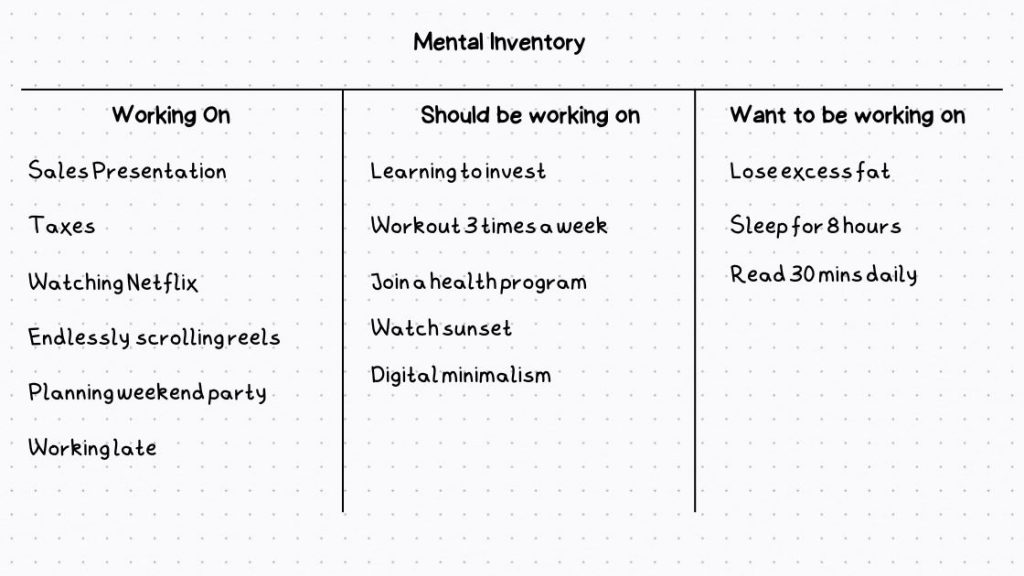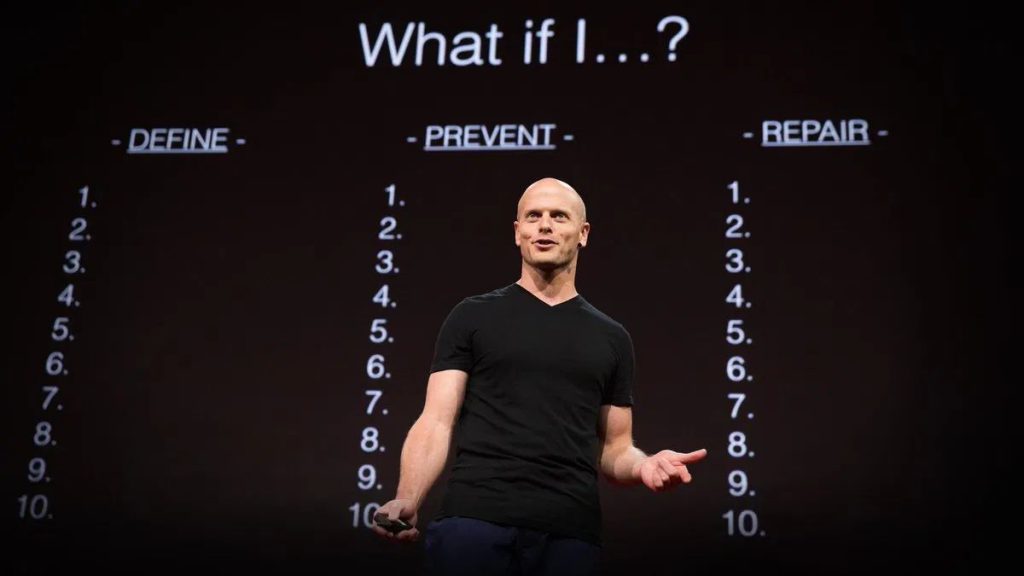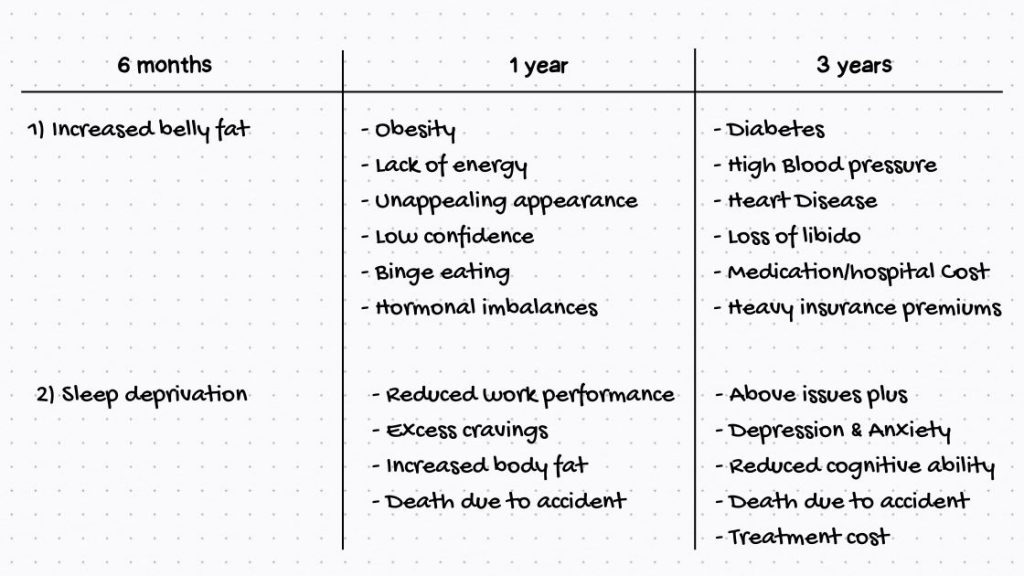I welcome you to this post on the last day of this year. Since you are here, it means that there is something more important for you than your new year’s eve party or holidays, or vacation. So, Congratulations!
At some point in our lives, we all must have made at least a few new year’s resolutions. But, how many of those we were able to keep? By the second week of February, 80% of resolution-ers fail, according to the US News & World Report.
After having weathered two years of never-before-seen global uncertainty, the ambivalence may have slid into helplessness. Why even attempt to set resolutions when I have no idea what will transpire in the coming months?
However, I’ve also seen that even in the midst of uncertainty that you really can move forward on what’s important to you. And in fact, making a resolution and keeping it could greatly boost your sense of self efficacy, i.e. your belief in your ability to take action that benefits yourself and your situation.
Elizabeth Grace Saunders in HBR
Why do New Year’s Resolutions are so elusive?
I will be honest, real goals do not wait for January 1st. Yet, there is something still special about it that most people get under the spell of starting something new on the very first day of the new year.
But why such a massive failure? Because
- Willingness: Most people do not even know if they are willing to make a change or if the change is essential for them.
- Lack of plan: Planning does not mean scheduling a date. It’s an action-oriented system with contingencies in place to get back on track in case of failure.
- Life’s priority: If something is important to you, you will not wait for it till the end of the year. And, if you do, vacations, Christmas parties, and new year’s eve celebrations may wake you up to a hangover on January 1st. Subsequently, your resolutions may end up in the black hole of procrastination.
- Size of change: The change itself is so big that it becomes unsustainable after a few weeks or days.
- Absence of contingency plan: It could be rain or snow. It could be something massive like this past two years of the covid-19 pandemic.
- Lack of tracking: You start well and then you derail in the absence of progress tracking. “If you do not know where you are going, every road will get you nowhere.” — Henry Kissinger
- Lack of support system: Most of us are not self-driven lone soldiers, we need a support system. Sadly most people do not realize it till they taste failure.
Why you can still make new year’s resolutions work
Setting intentions is the first step toward making a change.
I’ve also seen that even in the midst of uncertainty that you really can move forward on what’s important to you. And in fact, making a resolution and keeping it could greatly boost your sense of self efficacy, i.e. your belief in your ability to take action that benefits yourself and your situation.
Elizabeth Grace Saunders in HBR
You woke up one day early in the morning, the air was fresh and cool, there was no noise of any kind, you can hear the birds chirping and that’s when you made yourself a promise to go for a 20 mins walk every morning. Unfortunately, you stayed up late watching your favorite show and you woke up late the next day annoyed and disappointed that you broke your promise. This is not the way you set intentions. Intentions need clarity.
Let me show you how
How to get clarity like water on what you really need?
You may have a long overwhelming TODO list or none at all. Both are not going to help you accomplish anything.
The link between willpower and decision making works both ways: Decision making depletes your willpower, and once your willpower is depleted, you’re less able to make decisions. If your work requires you to make hard decisions all day long, at some point you’re going to be depleted and start looking for ways to conserve energy. You’ll look for excuses to avoid or postpone decisions. You’ll look for the easiest and safest option, which often is to stick with the status quo: Leave the prisoner in prison.
Roy F. Baumeister, Willpower: Rediscovering the Greatest Human Strength
How will you decide what is necessary for you?
Mental Inventory
Author Ryder Carroll in his book The Bullet Journal Method talks about the exercise called “Mental Inventory”. This is one of my favorite ways to find out the most meaningful stuff.
Mental Inventory is the first step to recovering from decision fatigue. To get out from under the pile of choices weighing on you, is to get some distance from them. You need some perspective to both identity and corral your choices.
Ryder Carroll, The Bullet Journal Method: Track the past, order the present, design the future
This is how you take a mental inventory. Think hard about what you are going to put in those columns, and be brutally honest about each one. When I did my mental inventory exercise for the first time I filled almost two pages of an A4 sheet. Let’s say this is how it might look for sake of simplicity.

Now ask yourself simply these two questions for each item in the list :
- Does this matter in any way?
- Is this Vital?
Strike down any item that has an answer ‘No’ to both of the questions. After this exercise, you might end up with only a few items in the column “Should be working” and “Want to be working”. You might end up like the one below.

Here’s what this could mean. Your sales presentation and taxes are vital for your job. Maybe you are not ready to learn to invest right now. All the items that you strikethrough do not matter in any way. It’s clearly evident that your health and your job are the only two things that matter the most to you and are vital.
With the help of mental inventory, you can find out the things that matter the most and are vital. You may do this exercise at any time and any number of times.
PYR (Past year reviews). Skip this if you don’t use a calendar or journal.
Wisdom comes from life experiences but only when we take time to reflect upon them. Tim Ferris coined the term “Past year reviews” in this blog post.
I’m sometimes asked how I approach New Year’s resolutions. The truth is that I no longer approach them at all, even though I did for decades. Why? I have found “past year reviews” (PYR) more informed, valuable, and actionable than half-blindly looking forward.
Tim Ferris
Here’s what Tim recommends :
- On paper or in your note-taking software of choice, create two columns: “positive” and “negative.”
- Go through your calendar and/or journal for the past year, week by week.
- For each week, note the people, activities, and commitments that triggered peak positive or negative emotions for that month, and put them in their respective columns.
- Once you’ve gone through the whole year, look at your two columns and do an 80/20 analysis. What 20% of each column produced the most powerful or reliable emotional peaks — positive or negative?
- Take the most powerful positives and schedule more of them for your next year. That means putting them on your calendar, booking tickets, making plans with people, and prepaying for activities. As Tim says, “It’s not real until it’s in the calendar.”
- Then take your most powerful negatives and put them on a “Not To Do” list somewhere where you can see them for the first few weeks of the year.
If you do not have a habit of writing down things or journaling, then it would be a great thing to start this new year.
Mental Inventory and PYR are two excellent tools to get clarity on what’s important for you. I bet after doing these exercises you will feel charged up to take on new challenges in the new year. But is this going to be enough?
Plan all the way to the end
The ending is everything. Plan all the way to it, taking into account all the possible consequences, obstacles, and twists of fortune that might reverse your hard work and give the glory to others. By planning to the end you will not be overwhelmed by circumstances and you will know when to stop. Gently guide fortune and help determine the future by thinking far ahead.
Robert Greene: The 48 laws of power: Law 30
We fell off the wagon. We lose track of our goals. You may not always prevent any of this from happening. What we can do is have a defined set of actions to get back on track in the event of failure. This is where another interesting tool comes into play and it’s called “Fear-Setting”.
Fear Setting

Fear Setting is a term coined by Tim Ferris. In this exercise, you focus on a decision or course of action that you want to take but are putting off out of fear. Then, you imagine your worst-case scenario, the things you’re afraid will happen, in excruciating detail. Finally, you ask yourself what you could do to prevent those worst outcomes from happening or to mitigate them if they do come to pass.
To do fear setting, all you need is :
- 3 pages of paper
- Page 1: Introspection of Fears
- Page 2: Potential Benefit of taking Action
- Page 3: Cost of inaction
- A pen
- 45-60 minutes of focused time
Step 1: Scanning your fears
After doing the Mental Inventory exercise it was clear that your new year goals should be aligned to improve your health and your job. Let’s do fear setting for them.

The first column defines your fear while pursuing your goals. The second column is prevention and the third column is contingency. I have also added an impact rating for each fear. 1 = minimal impact, and 10 = life-altering in a significant way. Since both of the above may have serious health implications I have added an impact rating of 7 and 8 respectively.
Step 2: Define the potential benefit of the action
On the second page, to the best of your knowledge write down the potential benefits of taking action toward your goal

The impact rating could mean different for different people depending on their challenges. Pay attention to the small wins that keep the fire in you alive.
Step 3: Cost of Inaction
“You’re going to pay a price for every bloody thing you do and everything you don’t do. You don’t get to choose to not pay a price. You get to choose which poison you’re going to take. That’s it.”
Jordan B. Peterson: Clinical Psychologist, Author: 12 rules for life
We often spend our energies focusing on the worst outcomes of taking action, while ignoring the cost of inaction. In this step, consider the consequences (financial, emotional, physical, etc) of delaying action

If you are a big positive thinker like me, fear setting may sound like negative thinking but this is based on an ancient Stoic exercise called premeditatio malorum, or premeditation of evils.
Just expecting to lose is not enough if you want to accomplish something. If you rehearse everything that can go wrong in your mind, you will not be caught by surprise when things actually go wrong. The Stoics called this Premeditatio malorum, which means premeditation of evils.
Ryan Holiday: Obstacle is the way
If you have read this far, I am sure you understand about setting up new year’s resolutions that are not elusive
Make it stick
Once you have your crystal clear goals, you have defined fear-setting, the only thing that is left to do is to make sure that you stick to it. On a final note, I could list a few ways to make it stick:
- Set only one or two goals
- Don’t pick the easiest, pick the one that’s most important for you and break it down into smaller goals.
- Use a habit tracker or an app or journal.
- Keep revisiting your fear setting
The less friction associated with a habit, the more likely it is to occur. In other words, as convenience increases, so do the odds that you follow through on your habit. When deciding where to practice a new habit, it is best to choose a place that is already along the path of your daily routine. Habits are easier to build when they fit into the flow of your life.
James Clear: Atomic Habits
If your goals are highly specific like “Read 30 mins every day” or “reduce caffeine to one cup a day”, there are higher chances that you will be to sail the ship alone.
However, some goals are important but they are complex in nature because of a lot of moving parts for example “Sleeping for 8 hours every night”. Let’s say in order for you to sleep better you have to :
- Give up watching TV after 8pm
- Stop using electronic devices after 8pm
- Eat 2 hours before your bedtime
- Go to bed by 10pm
This is where support and system come into the picture. According to research at The Ohio State University, having that person be someone you look up to could also help with your goals.
In those moments when you just don’t want to make the right choices, knowing that someone else is aware and will care can really help. You could recruit a friend, a colleague, a boss, a coach, a mentor, or anyone else who will consistently check in on you and give you the right kind of feedback: celebrating your commitment to the actions aligned with your resolutions.
Elizabeth Grace Saunders in HBR
Thank you for reading. I wish you a successful 2023.




Awesome write/ Quite pondering over !!
Thank you Anup! Keep visiting 🙂